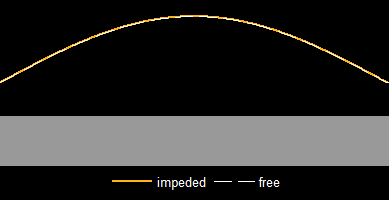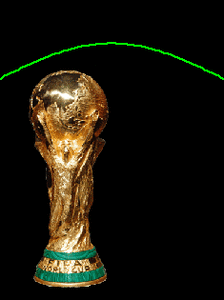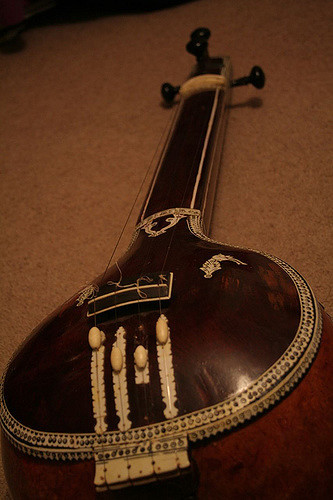Collision modelling
Physical modelling of musical instruments involves studying nonlinear interactions between parts of the instrument. These can pose several difficulties concerning the accuracy and stability of numerical algorithms. In particular, when the underlying forces are non-analytic functions of the phase-space variables, a stability proof can only be obtained in limited cases. An approach has been recently presented by the authors, leading to unconditionally stable simulations for lumped collision models. In that study, discretisation of Hamilton’s equations instead of the usual Newton’s equation of motion yields a numerical scheme that can be proven to be energy conserving. In this paper, the above approach is extended to collisions of distributed objects. Namely, the interaction of an ideal string with a flat barrier is considered. The problem is formulated within the Hamiltonian framework and subsequently discretised. The resulting nonlinear matrix equation can be shown to possess a unique solution, that enables the update of the algorithm. Energy conservation and thus numerical stability follows in a way similar to the lumped collision model. The existence of an analytic description of this interaction allows the validation of the model’s accuracy. The proposed methodology can be used in sound synthesis applications involving musical instruments where collisions occur either in a confined (e.g. hammer-string interaction, mallet impact) or in a distributed region (e.g. string-bridge or reed-mouthpiece interaction).
Animations
Below are some examples generated with the proposed numerical model. The grey-shaded area represents the barrier. Also shown: a beam-table collision and an interaction of a string with an irregular barrier.
A flexible string impeded by a flat obstacle, compared to a free-vibrating string:

A stiff string bouncing on a curved obstacle:

A cantilever beam colliding with a flat table:

A string bouncing on the world cup:

References
V. Chatziioannou and M. van Walstijn. Energy conserving schemes for the simulation of musical instrument contact dynamics. Journal of Sound and Vibration, 339:262–279, (2015).

M. van Walstijn and V. Chatziioannou. Numerical simulation of tanpura string vibrations. In Proc. Int. Symp. Musical Acoustics, pages 609–614, Le Mans, (2014).
